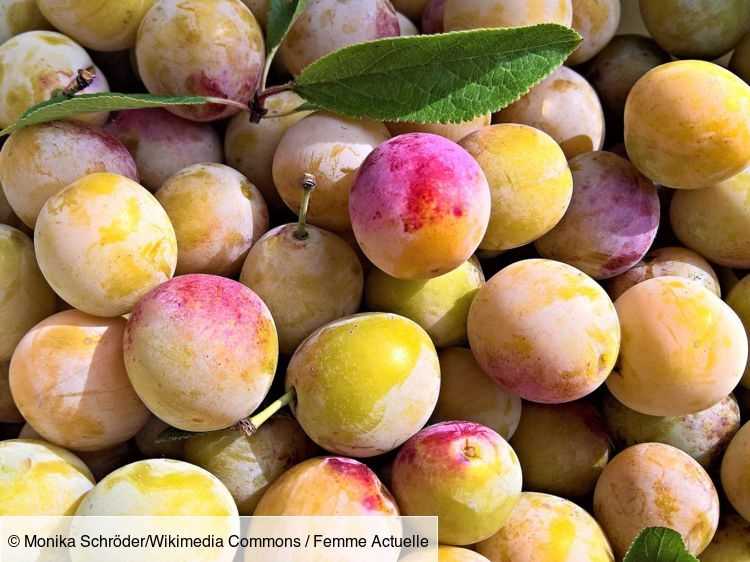Mirabelle brandy: powerful and fruity
The queen of eaux-de-vie, which took off at the end of the 19th century, owes its existence to the small round regional plum, harvested very ripe and put in vats for its fermentation. After aging for a few years, this colorless eau-de-vie is between 45 and 50 °. It can be enjoyed at the end of a meal, in cocktails or in certain desserts. Since 1995, it has had a controlled designation of origin.
Munster-Géromé: they are one!
Munster and géromé (the patois name of Gérardmer) share the same story and the same recipe. Hence the combination of the two cheeses in a single name … and a single AOC. Developed by Benedictine monks in the Munster Valley in the 7th century, this round, soft cheese made from cow's milk requires at least three weeks of ripening. Recognizable by its orange-yellow rind and its clear and supple paste, it is sometimes flavored with caraway seeds and often accompanies potatoes, melted or in gratin.
Fir honey, strong in character
With its woody aromas, this dark colored honey differs from floral honey by its manufacture: it comes from honeydew deposited by aphids on the branches of fir trees. It is used in several regional desserts (gingerbread, in particular) and is used by great chefs – such as Jean Sulpice, with two Michelin stars – for their desserts.
The brimbelles: beautiful berries
Resembling the bluet of the Vosges, the brimbelle is a wild blueberry that abounds on the massif. Its name comes from old French: "bran" (black) and "beilles" (marbles). It is eaten in donuts, pies or sorbets, but its harvest is supervised. In the Ballons des Vosges regional park, pickup is authorized between July 15 and December 15, at a rate of 2 kg per day per person, for family consumption.

Tofailles: a real winter dish
It is a staple of Vosges gastronomy. Each commune has its recipe, but its preparation consists of alternating layers of potatoes, slices of bacon and onions sprinkled with white wine. The specialty takes its name from its cooking method: stewed, "tofôlles" in patois, which gives the potatoes time to transform into thick mash. It is often served with a palette of smoked pork (close to the small savory), called "dehpeuille" (skin).
Anise bread, Gérardmer's specialty
If there are other cakes under this appellation in Switzerland, Alsace, and even in Provence, this "bread" has been a Gérardmer specialty for at least four centuries! These are small dry cookies, molded with decorations, flavored with anise.
Pombières ice cream was born here
The recipe for this dessert was invented in 1882 by an Alsatian pastry chef, based in Plombières-les-Bains. The man served there, in large glasses, an ice scented with candied fruit that had macerated in kirsch.
Article published in the issue Women Current Games Regions n ° 18 February – March 2020
Read also :
⋙ 4 good reasons to discover the Vosges
⋙ 8 train rides to discover France differently
⋙ I make fruit with brandy
